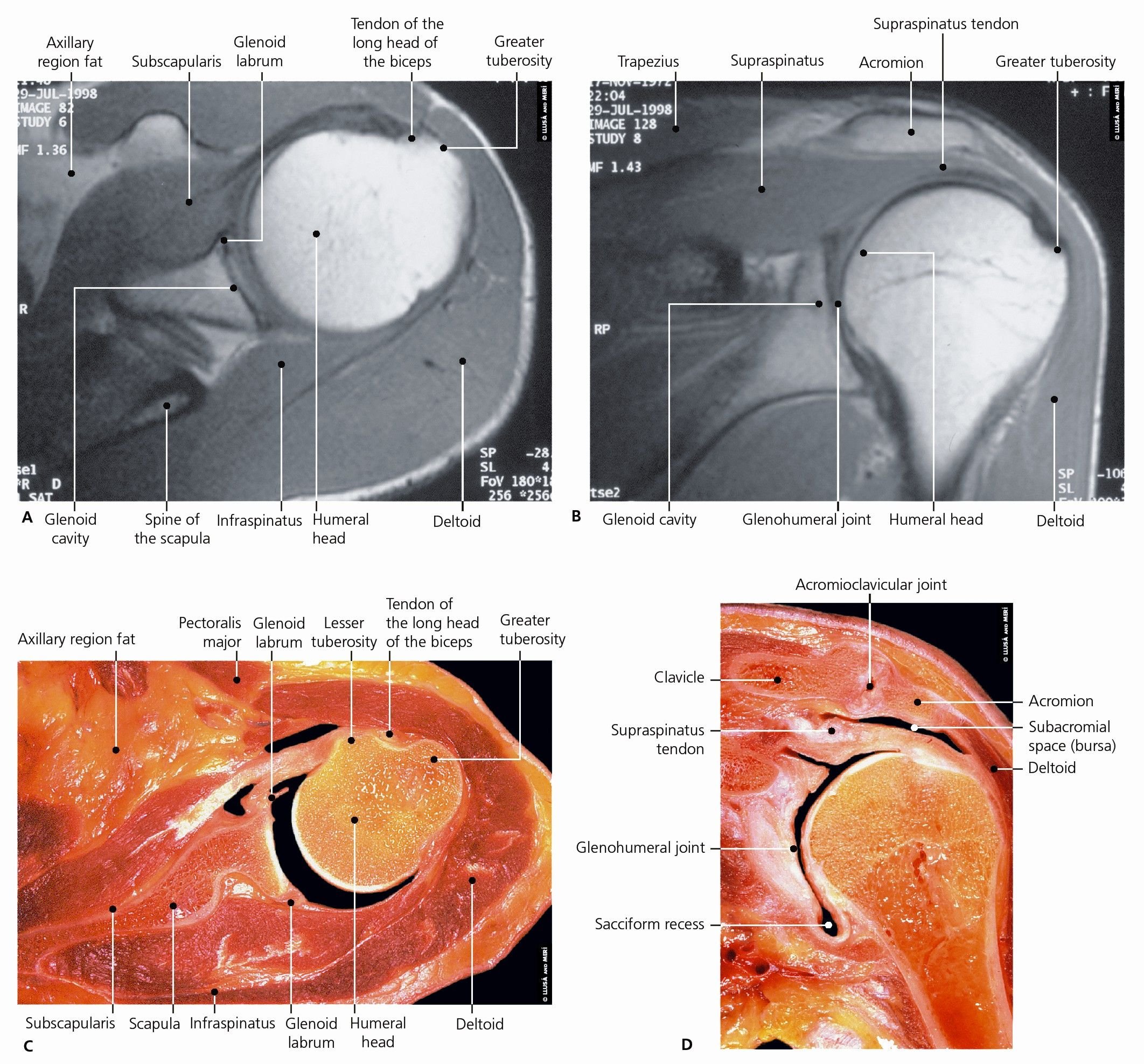Rotator Cuff Tears
The shoulder is a ball and socket joint. The rotator cuff is a series of four separate muscles (1: supraspinatus, 2: infraspinatus, 3: teres minor, and 4: subscapularis) that converge together and pass over the shoulder joint much like the cuff of a shirt sleeve passes over your wrist. The rotator cuff functions to move the shoulder in certain positions and to help stabilize the shoulder.
Tears of the rotator cuff may occur after an acute traumatic episode, such as a shoulder dislocation (see Shoulder Instability); more commonly, however, rotator cuff tears are attritional and are related to overuse and wear and tear over time.
A tear of the rotator cuff, when present, occurs in the tendon portion. The tendon is approximately 1 cm thick. Tears can be partial-thickness (ie < 1 cm thick) or can be full-thickness in which case there is a hole in the rotator cuff.
Signs & Symptoms:
Patients typically report a history of gradually worsening shoulder pain. The pain is often worse with certain movements, including reaching overhead, reaching behind the back, and lifting objects away from the body.
In addition, the pain is often worse at night and may awaken the patient from sleep. Weakness is another common finding in patients with rotator cuff tears.
Diagnosis:
The diagnosis of a rotator cuff tear is typically made by a combination of the patient’s history, the findings on physical examination, and an MRI scan.
Treatment:
The treatment of rotator cuff tears depends upon the thickness of the tear (partial-thickness versus full-thickness) and the nature of the injury (acute injury versus gradual wear and tear). In patients with acute full-thickness rotator cuff tears following a sudden injury, surgery is recommended to reattach the torn rotator cuff tendon to the bone of the humerus.
Click here to download Dr. Smith’s rotator cuff repair technique article



